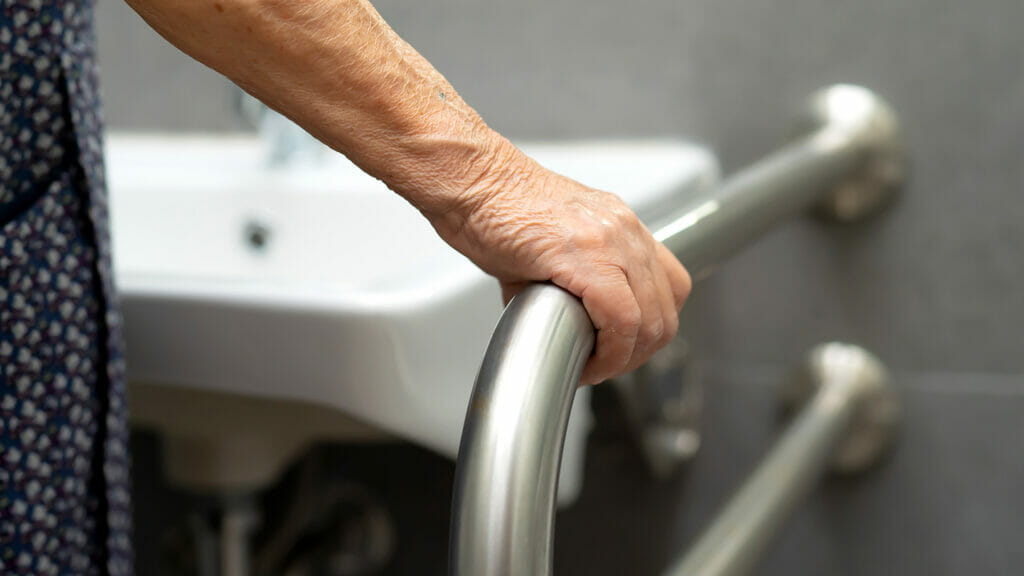
A new smartphone app could help seniors and their caregivers monitor how to manage proper and safe bladder function.
In senior living, knowing when, or how often, to use the bathroom can sometimes be a perilous process and an occasion for increased falling risks.
Most existing sensor technologies, including “smart” toilets, can capture only external data, such as how frequently a resident is emptying the tank.
However, the new app, developed by scientists at Northwestern University, monitors what is happening inside the bladder, offering real-time data as the organ fills up.
The app requires a significant caveat: To function properly, the user must first have an implanted device attached to their bladder. However, the study authors noted that their research dovetails with another innovation, a bladder patch that can actually dissolve harmlessly within a person’s body.
The app could be useful for a host of conditions endemic to seniors, including both incontinence and overactive bladders.
The tool also can be invaluable for seniors with bladder cancer or end-stage bladder disease, the study authors note, adding that it also can help with those who have nerve damage.
“If bladder nerves are damaged from surgery or from a disease such as spina bifida, then a patient often loses sensation and is unaware that their bladder is full,” co-author Guillermo Ameer, ScD, said in a statement. “To empty the bladder, they often have to use catheters, which are uncomfortable and can lead to painful infections. We want to eliminate the use of catheters and bypass current bladder function monitoring procedures, which are highly invasive, very unpleasant and must be done in a hospital or clinical setting.”
Currently, about 85,000 seniors on dialysis are admitted to skilled nursing facilities each year, but that number is expected to increase, experts have told McKnight’s.
Other recent tech tools that address urinary dysfunction include an FDA-approved ankle device that uses nerve stimulation to help calm overactive bladders, as well as a digital conversational assistant designed to help seniors overcome discomfort with addressing, or even discussing, bladder problems that they consider embarrassing.


